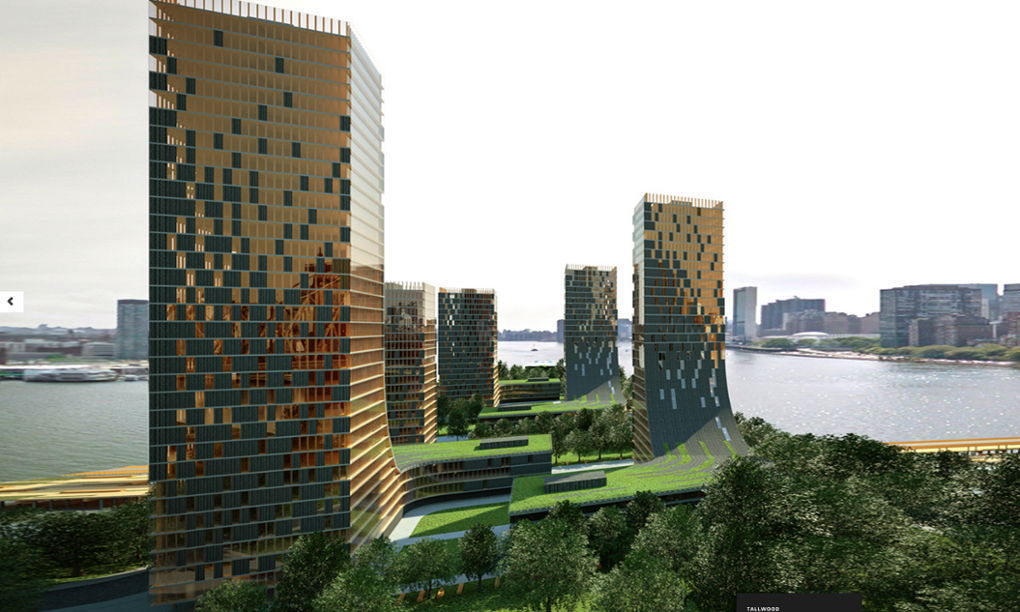Enter the Nanny State, a term of British origin that conveys the view that a government or its policies are overprotective or interfering unduly with personal choice. The term “nanny state” likens government to the role that a nanny has in child rearing (Wikipedia).
The more I think about it the more it bothers me. Helmet laws, footpath width regulations, liquor laws, handrail requirements, alfresco dining permits, rubbish collection, house design, lighting etc. etc. etc! The level to which we Australians over regulate things is quite frankly astounding, and it is holding our cities back.
I have always felt a little hemmed in by Australian law and cultural norms but recently visiting France and Italy acted as a stark reminder that so much of what the world loves about Europe (it’s worth noting that France is the world’s most popular tourist destination) is actually illegal in Australia. Even though lots of us (planning and design circles particularly) want to, we simply can’t replicate key facets of the vibrant and exciting places found in great European cities because of our overly restrictive laws.



